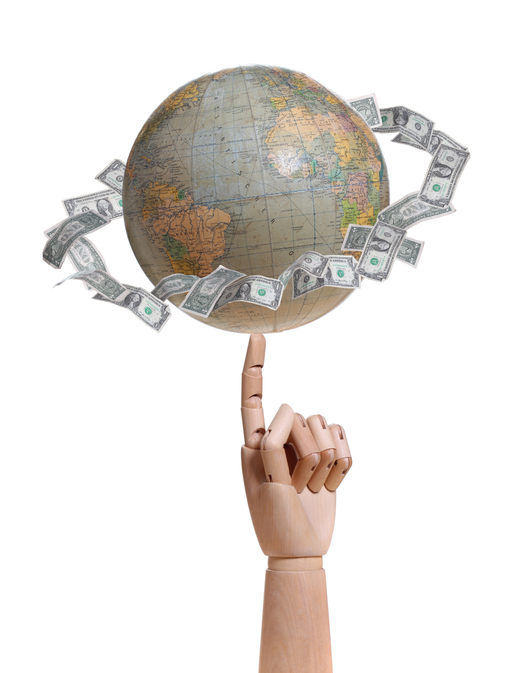“Forecasting is difficult because it concerns the future,” goes an old Danish proverb.
What makes forecasting so unreliable? The unknown. At the beginning of last year, we didn’t know that Russia would invade Ukraine, that China’s stringent zero-tolerance COVID-19 policy would strangle its economy, that rocketing inflation would go global or that there would be a huge cryptocurrency scandal. Still, the human intellect insists on forecasting (aka “educated guessing”) each year. How did the 2022 forecasts turn out?
The Economist Intelligence Unit predicted that unexpectedly fast monetary tightening by the Federal Reserve would lead to a U.S. stock market crash. The EIU was not far off; we did not experience a 2008-like crash, but U.S. stocks did drop 19% by year-end.
One of the big Wall Street investment firms accurately favored “value” stocks over “growth” stocks but missed the mark on how bad growth stocks would underperform (-28%). In another miss, the firm favored Asian stocks (-22%) over European markets (-13%).
Northern Trust and Russell Investments expected the 10-year treasury’s yield to reach 1.5% to 2%; actually, it climbed to 3.7%.
Economists surveyed by Bloomberg predicted that inflation would fade to about 2.5% anticipating healing supply chains and cooling consumer spending. Stubbornly though, inflation finished the year with a 6.5% increase in our cost of living.
Deutsche Bank issued a forecast that Bitcoin would tumble to $27,000. It wasn’t dire enough! The cryptocurrency tanked to $16,546 (from $47,738 last January).
Did staff pundits put the gold in Goldman Sachs? The firm predicted the shiny metal to finish the year at $2,000. They weren’t too far off, as the troy ounce finished at $1,797, a 1% annual return from its 2022 starting price.
Economists projected home prices to grow by 16% in 2022. However, Realtor.com put the yearly growth rate at 8.4% in December, a 50% miss.
Oil prices experienced a volatile year. The price per barrel was expected to reach $95; it went as high as $140 per barrel as the war in Ukraine erupted, and it ended the year at $86 per barrel.
Again, in 2023, forecasting is alive and well. The economists are expecting challenges in the first half of the year – forecasts for recession exceed 60% probability – but they offer cautious optimism for the second half. We recall the old joke: “Economists have predicted six of the last two recessions.”
Over short periods of time, the investment markets can be highly volatile, making them unpredictable. Over the long term, the markets have offered at least one consistent outcome – they have gone up, and periodically reached new all-time highs. So we see that time and time again, time spent in the markets is a better strategy than timing the markets (trying to get in and out).
Of course, past performance is not a guarantee of a future outcome, but a portfolio diversified across asset classes has been an effective tool to manage risk tolerance across a long-term time horizon.
This article originally appeared in the Knoxville News Sentinel online January 20, 2023.



